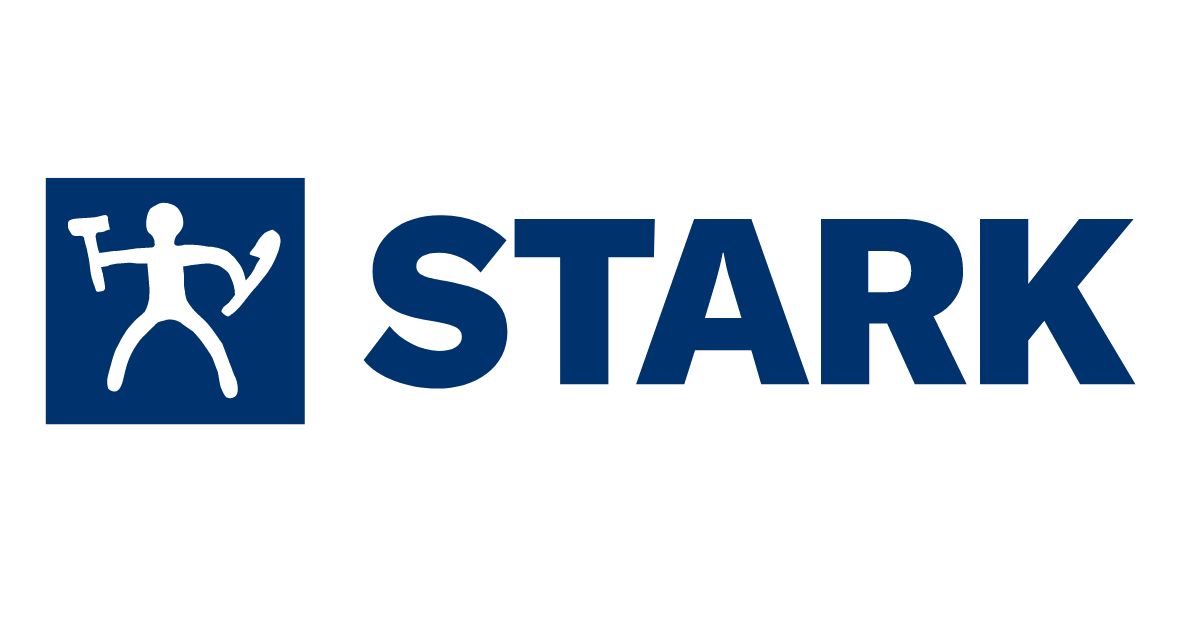Working Safely Near Overhead Power Lines
Specialist vehicle and machinery operators using cranes, lorry loaders and tipping trailers are at risk of fatal injury when working near overhead power lines. Their height and proximity to the wires when loading, unloading, lifting, and stacking goods makes them particularly at risk. As a specialist driver resourcing company, it is our duty of care at HGMS to provide training and information regarding working near overhead electrical lines. To help protect yourself and others, we have put together the below safety advice, including guidance from the Health and Safety Executive (HSE), ALLMI and the Energy Networks Association (ENA).
Are overhead powerlines safe?
Walking or driving underneath an overhead power line is safe if you are within a safe distance of at least 5 metres away. Operating extending machinery such as lorry loader cranes near or underneath overhead power lines can be dangerous if the machinery touches the wire, and could cause electric shock, explosion, or even death.
Although some high voltage overhead lines (1,000V +) have a light plastic coating to insulate the wires, most wires are uninsulated. Touching or going near an insulated wire with a crane could still result in injury or even death if the plastic coating is perished, so it is always recommended to treat overhead lines as if they are uninsulated and live.
What is the legal minimum height for overhead power lines?
In general, the higher the voltage, the higher the overhead electrical wire. In compliance with UK law, the minimum height for lower voltage (up to 33,000V) wires is 5.2m or 5.8m above roads, and the highest voltage (400,000V) wire’s minimum height is 7.3m. Telescopic materials handlers such as lorry loaders can exceed 9.5m, making the risk of electric shock when working near them dangerously high.
What precautions should be taken when working near overhead power lines?
Adopting safe practices when working near overhead powerlines is an important part of any lorry loader driver’s role. If drivers or operators are working near but not underneath overhead lines, the use of ground-level barriers is recommended to help keep people and machinery away from the wires. It is important to set a generous perimeter (6m) horizontally from the nearest wire on each side, as electric currents can jump short distances from the wire to your machinery, especially on high voltage wires.
If equipment or machinery is capable of breaching the clearance height of the overhead wires, a passageway should be created using a rigid, non-conducting material such as wood or plastic tubing.
In 2018, the ‘Look Out, Look Up!’ campaign was launched by ALLMI and the ENA to raise awareness of risks involved with working near overhead power lines. The ENA’s Head of Safety, Health and Environment, David Spillett, commented:
“In the UK, on average, one person dies or is seriously injured each month as a result of contact with overhead power lines and data from the HSE shows that lorry drivers are some of the most at risk, being involved in over a quarter of all fatalities in the last five years. In spite of this, the ENA’s research would suggest that many applicable workers are still unaware of the dangers.”
What should you do if you come into contact with an overhead power line?
If you have inadvertently come into contact with a power line whilst operating a lorry loader, crane, or other mobile plant, the ENA’s advice is as follows:
- Stay in the cab
- Phone the electricity network operator using the 105 number
- Instruct everyone outside the vehicle not to approach it
- Do not exit the cab until given confirmation by the electricity network operator that it is safe to do so
If the machine is inoperable or cannot be driven free and there is risk of fire or other immediate hazard:
- If you must get off, then you must jump clear making leaping strides so that one foot is off the ground at all times until you are at least 5 metres away
- Do not return to the vehicle unless told by the electricity network operator it is safe
- Keep others away from the vehicle. Touching it or even getting too close could kill them
In an emergency:
- If you are in a life-threatening situation or have serious injuries please dial 999 immediately and tell them electricity is involved
- Call 105 if you have come into contact with an overhead power line or have a safety concern related to the electricity network that could put you, or someone else, in danger
About HGMS
HGMS Specialist Driver Resourcing is a recruitment and employment agency specialising in the HGV sector. Providing a managed service to industry leading building distribution companies supplying UK wide temporary and permanent HGV drivers, HGMS works closely with their clients on the recruitment and placement of drivers. If you are an HGV driver looking for work, contact HGMS today by completing our contact form.


